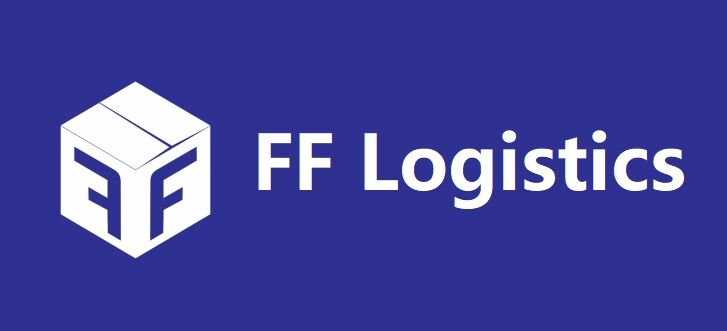Hidden costs in logistics can disrupt your budget and reduce profits. These charges often appear unexpectedly, making it harder to plan expenses. You must identify hiding fees to protect your bottom line. By understanding these costs, you can take control of your logistics operations and avoid financial surprises.
Common Categories of Hiding Fees
Integration Fees
Some logistics partners charge integration fees when connecting their systems with yours. These fees cover the cost of setting up software or technology to ensure smooth communication. You might encounter this charge when onboarding a new partner or upgrading your logistics software. Always ask for a breakdown of these costs before signing a contract.
In-Bond Fees
In-bond fees apply when goods are transported through a country without clearing customs. If your shipments pass through multiple borders, you may face these charges. Understanding the routes your logistics partner uses can help you anticipate these fees.
Packing Material Fees
Many logistics providers charge for packing materials like boxes, bubble wrap, or pallets. These costs can add up quickly, especially for fragile or oversized items. You can reduce this expense by negotiating or providing your own materials.
SKU Fees
SKU fees are charges for managing multiple stock-keeping units in a warehouse. If your business deals with a wide variety of products, these fees can increase your storage costs. Simplifying your inventory can help minimize this expense.
VAT Taxes
Value-added tax (VAT) is a common cost for international shipments. Some logistics partners include VAT in their quotes, while others list it as a separate charge. Always confirm how VAT is handled to avoid surprises.
Fuel Surcharges
Fuel surcharges fluctuate based on fuel prices. Logistics providers often add this fee to cover transportation costs. Monitoring fuel trends can help you predict these charges.
Storage Fees
Storage fees apply when your goods remain in a warehouse longer than expected. Delays in Shipping or inventory management can lead to higher costs. Regularly reviewing your storage needs can prevent unnecessary charges.
Handling Fees
Handling fees cover the labor involved in moving, sorting, or preparing your goods for shipment. These fees vary depending on the complexity of your logistics operations. Clear communication with your partner can help you understand and manage these costs.
How to Identify Hiding Fees
Review Contracts and Agreements
Start by carefully reviewing all contracts and agreements with your logistics partner. Pay close attention to the fine print. Many hidden charges are buried in clauses that are easy to overlook. Look for terms related to additional services, surcharges, or penalties. If something seems unclear, ask for clarification. A thorough review helps you spot potential hiding fees before they impact your budget.
Request a Detailed Fee Breakdown
Always request a detailed breakdown of fees from your logistics provider. This document should list every charge, including those that might not be immediately obvious. A clear breakdown allows you to understand what you are paying for and identify any unnecessary costs. Providers who hesitate to share this information may not be fully transparent.
Monitor Freight Invoices Regularly
Freight invoices often contain unexpected charges. Make it a habit to review these invoices as soon as you receive them. Look for discrepancies between the agreed-upon rates and the actual charges. Regular monitoring ensures you catch errors or hidden fees early, preventing them from accumulating over time.
Strategies to Avoid or Minimize Hiding Fees
Negotiate Transparent Pricing
Start by negotiating clear and upfront pricing with your logistics partner. Ask for a detailed list of all potential charges before signing any agreement. Ensure the contract explicitly states which services are included and which may incur additional costs. This approach helps you avoid surprises and gives you a better understanding of your logistics expenses. If a provider hesitates to offer transparency, consider it a red flag.
Partner with Reputable Logistics Providers
Choose logistics providers with a strong reputation for honesty and reliability. Research reviews, testimonials, and case studies to evaluate their track record. Reputable partners are more likely to offer straightforward pricing and fewer hidden charges. Building a long-term relationship with a trustworthy provider can also lead to better rates and fewer disputes over fees.
Use Technology to Track Costs
Leverage technology to monitor and manage your logistics expenses. Use software tools that provide real-time tracking of shipments and detailed cost breakdowns. These tools can help you identify patterns in your spending and flag unexpected charges. Automation also reduces the risk of human error, ensuring you stay on top of your logistics budget.
Hidden fees can drain your profits and disrupt your financial plans. You can avoid these surprises by identifying common charges and using proactive strategies. Focus on building strong partnerships, conducting regular audits, and demanding transparency. These steps help you control costs and create a more predictable logistics budget.



